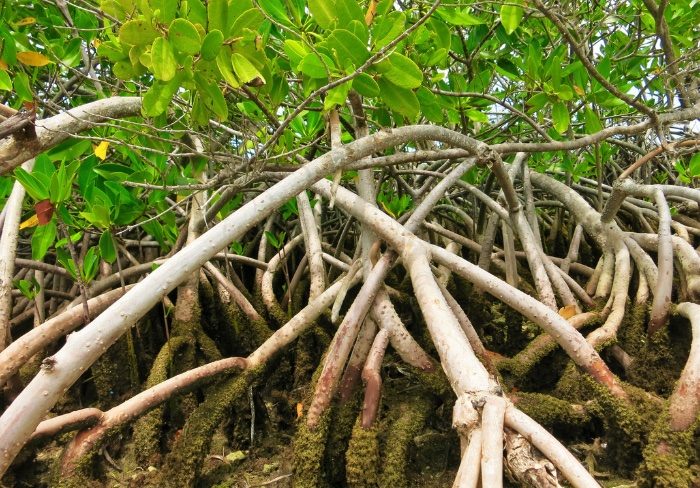
I didn’t understand the importance of blue carbon until 2017 when hurricane Irma destroyed my entire life. The ice age, the warm age, I thought it was just a cycle.
But the hurricane was as eye-opening as it was terrifying. I realized that global warming is an emergency, and we have to do something about it.
If we erode the coastal ecosystems, the deep-water sequestration stops. The effort to create it again on land it so huge that I can’t see a path to doing it.
Our only chance at fixing our mistakes is by depositing carbon in our deep oceans. What’s truly amazing is that, if we set up sequestration projects on the coast line, the carbon will eventually be stored in the deep ocean. We don’t have to take big ships out into the deep ocean to deposit it, because it happens naturally.
The sea is so sophisticated. Nature can fix global warming, but it just needs a helping hand from nature-based solutions. That is where blue carbon credits step in.
What Is Blue Carbon?
Blue carbon refers to carbon stored in coastal and marine ecosystems, such as mangroves, sea grasses, and tidal marshes.
When these ecosystems are disturbed or destroyed, their stored carbon is released back into the atmosphere, which contributes to climate change.
Why Is Blue Carbon Important?
The importance of blue carbon has only been recognized in the past few decades. But the damage has already been done. It’s no longer enough to stop our damaging practices; we need to actively mitigate the past.
And focussing on blue carbon is the best way to do that. Blue carbon ecosystems can sequester and store large amounts of carbon, which can help mitigate climate change by reducing the amount of atmospheric carbon dioxide.
These ecosystems also provide vital habitats for many species, help protect coastlines from erosion and storm damage, and act as natural filters, trapping sediments, nutrients, and pollutants that would otherwise end up in coastal waters.
Why Are Blue Carbon Credits Important to Aquaculture Businesses?
The natural consequences of blue carbon have a positive impact on the world, but they also make aquaculture businesses more attractive as investments.
It’s not just about growing fish and having something to sell anymore. Aquaculture businesses can also have a positive impact on the environment, which can then be monetized.
And the monetization potentials are massive. Blue carbon credits are currently worth $500 a ton, per year. However, there are still some drawbacks to monetizing blue carbon.
What Are the Drawbacks of Monetizing Blue Carbon Credits?
Because they are so new, blue carbon credits still rely on a certain level of honesty. There are still many loopholes in the industry that have yet to be plugged.
To be truly successful, we have to make sure every blue carbon credit is audited and valued. For carbon credits to be a worldwide trade, every country must comply with the same regulations. And I believe this will happen. It’s just a matter of time.

 Giles Cadman
Giles Cadman 
